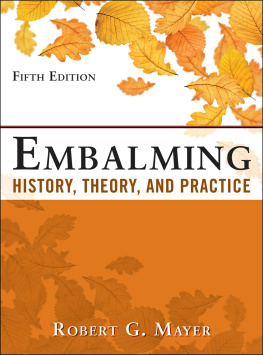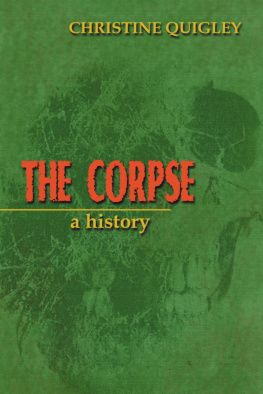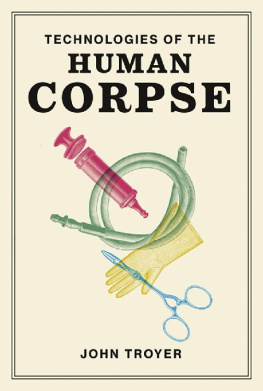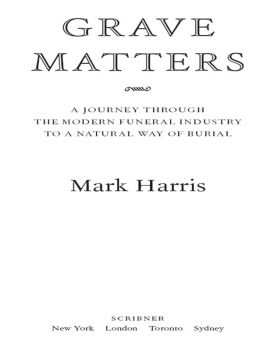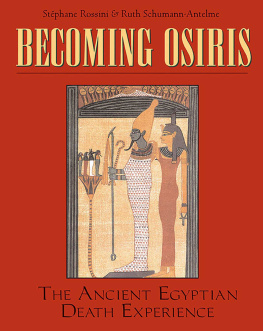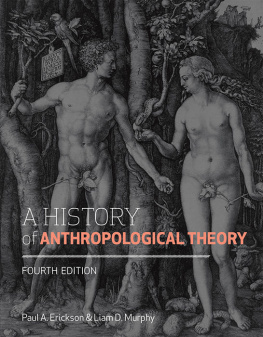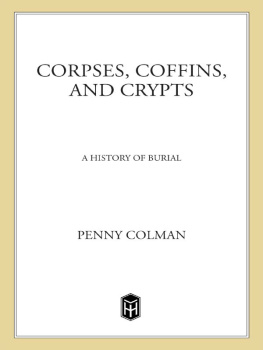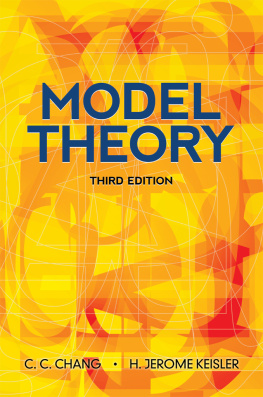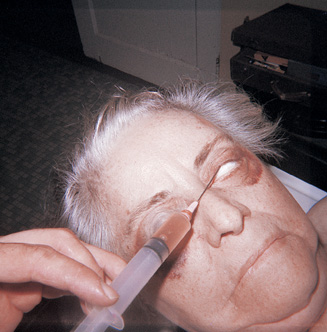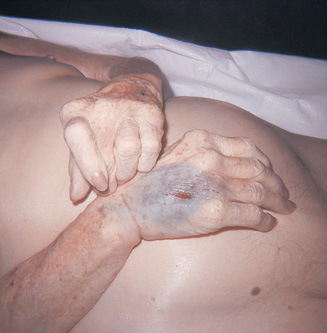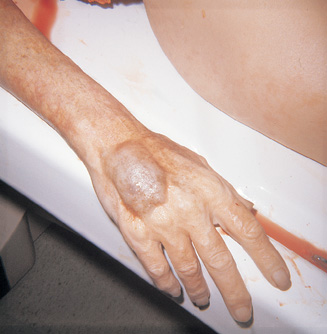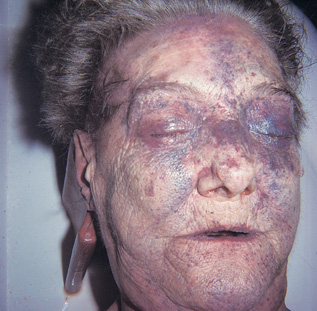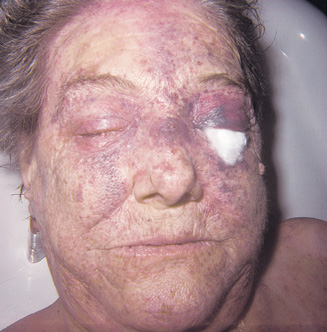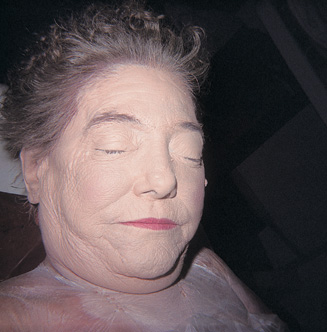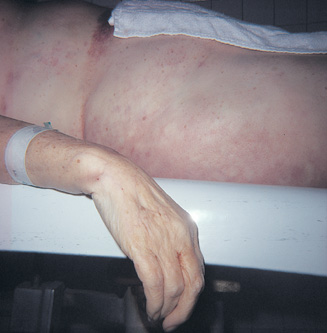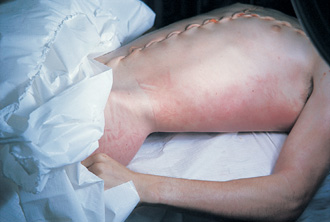Mayer Robert - Embalming: History, Theory, and Practice, Fifth Edition
Here you can read online Mayer Robert - Embalming: History, Theory, and Practice, Fifth Edition full text of the book (entire story) in english for free. Download pdf and epub, get meaning, cover and reviews about this ebook. year: 2012, publisher: McGraw-Hill Education;Mcgraw-Hill Medical, genre: Romance novel. Description of the work, (preface) as well as reviews are available. Best literature library LitArk.com created for fans of good reading and offers a wide selection of genres:
Romance novel
Science fiction
Adventure
Detective
Science
History
Home and family
Prose
Art
Politics
Computer
Non-fiction
Religion
Business
Children
Humor
Choose a favorite category and find really read worthwhile books. Enjoy immersion in the world of imagination, feel the emotions of the characters or learn something new for yourself, make an fascinating discovery.
- Book:Embalming: History, Theory, and Practice, Fifth Edition
- Author:
- Publisher:McGraw-Hill Education;Mcgraw-Hill Medical
- Genre:
- Year:2012
- Rating:4 / 5
- Favourites:Add to favourites
- Your mark:
Embalming: History, Theory, and Practice, Fifth Edition: summary, description and annotation
We offer to read an annotation, description, summary or preface (depends on what the author of the book "Embalming: History, Theory, and Practice, Fifth Edition" wrote himself). If you haven't found the necessary information about the book — write in the comments, we will try to find it.
The most complete and up-to-date text on the art and science of embalming
Sponsored by the American Board of Funeral Service Education
Comprehensive and thoroughly updated in this fifth edition, Embalming: History, Theory, and Practice is the leading text in the field. The trusted classic covers the long history of embalming, explains embalming theory, and describes present practice, including the latest trends.
Special attention has been given to the creation of a safe working environment from the standpoint of ergonomics, personal hygiene, and the use of embalming chemicals. Expanded technical areas of the book will assist you in the preparation of the body for viewing without using standard embalming chemicals. The fifth edition is also enhanced by a full-color 12-page insert demonstrating restorative arts and mortuary cosmetology.
Turn to the fields leading text for unmatched coverage of:
- Legal, social, and...
Mayer Robert: author's other books
Who wrote Embalming: History, Theory, and Practice, Fifth Edition? Find out the surname, the name of the author of the book and a list of all author's works by series.

